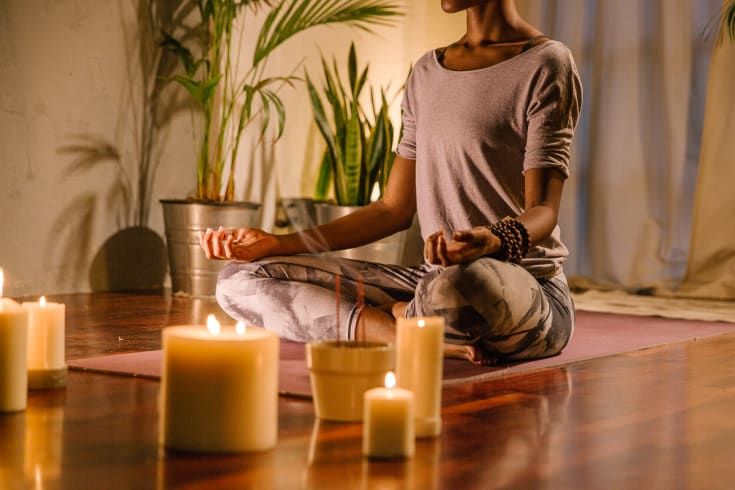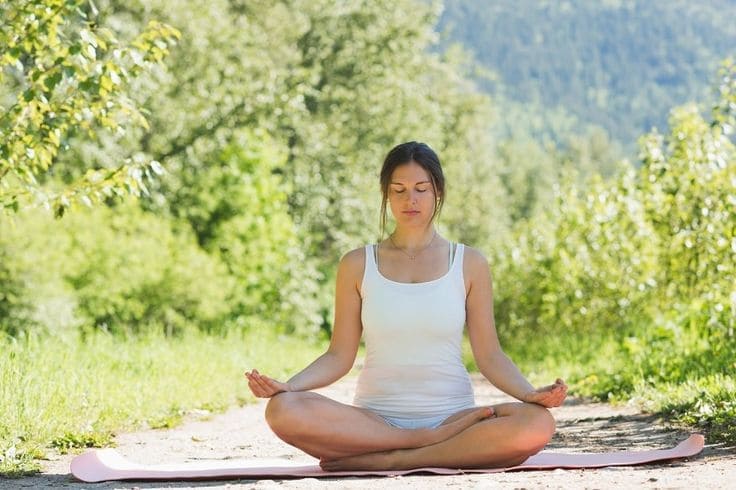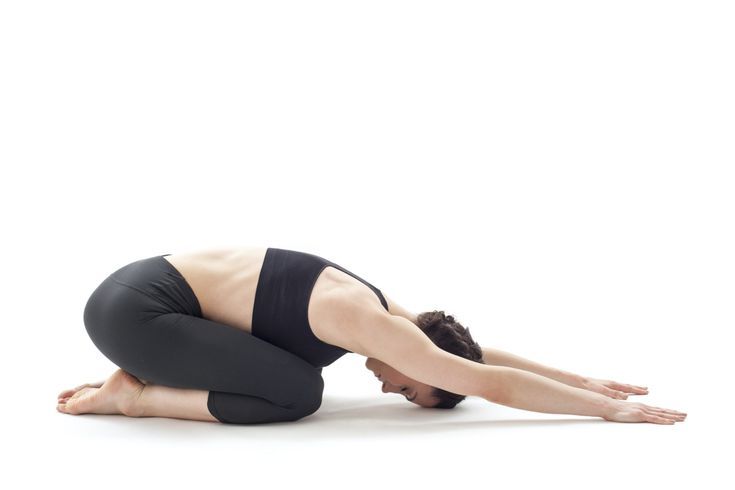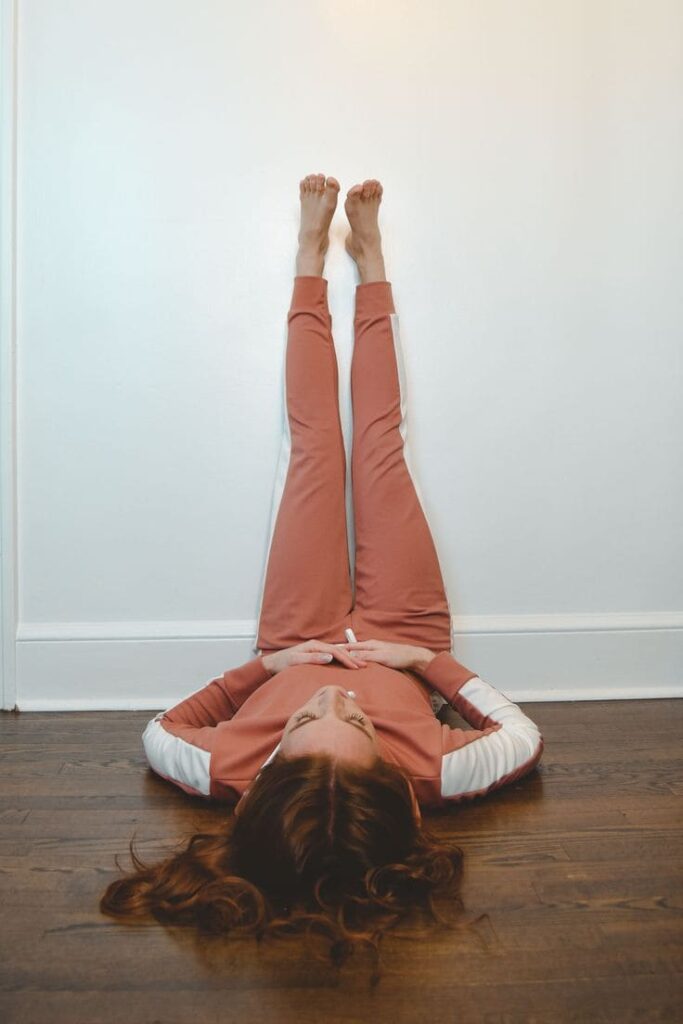
Mental health with yoga combines physical postures, breathing exercises, and meditation techniques to promote mental clarity, improve emotional well-being, and reduce stress.
About 40 million persons in India suffer from an anxiety illness, according to recent studies. Since this represents roughly 3.5% of the population, I can only imagine how much higher the statistics would be when viewed globally.
Yoga for mental health has recently been a popular fad for improving mental wellness. There’s no denying that yoga is a powerful practice, regardless of whether you suffer from stress or anxiety or are simply looking to improve your mental health.
The Advantages of Yoga for Mental Health
In addition to being a kind of exercise, yoga is a holistic discipline that benefits the nervous system, body, and mind. Consequently, one of the primary benefits of consistent yoga practice for mental health care is that it has grown in popularity as a supplemental treatment for stress, anxiety, and depression.
Reduces Stress and Anxiety: This is one of the most crucial yoga poses for mental well-being. Yoga positions and deep breathing techniques activate the parasympathetic nervous system, which supports mental peace.
Enhances Sleep Quality: Since sleep influences mental health, yoga is thought to be one way to improve sleep quality. When you do yoga, your body will fall into a deep, peaceful sleep.
Mental stress: Yoga can also build mental toughness to physical challenges. You can develop flexibility and composure under duress by challenging yourself to the hardest yoga poses.
Physical and Mental Calmness: Yoga’s gentle stretching and focused breathing can help ease physical tension, resulting in a more profound sense of relaxation for both the body and mind. This contributes to minimizing the physical stress that frequently comes with mental health issues.
Boost your social life: Since in-person yoga lessons allow you to engage with other group members, they may be beneficial. Social connections can enhance one’s physical and mental well-being. Synchronization, or acting in concert with others, has special social advantages.
Yoga positions for mental well-being
The eagle pose (Garudasana): This post enhances awareness, balance, and concentration. Your consciousness and focus assist in avoiding anxiety attacks and unpleasant situational reactions.

The lotus pose (Padmasana): This stance is a type of meditation that helps people become more peaceful and serene. It significantly increases one’s mood in addition to avoiding depression and anxiety. In the yoga pose known as the lotus statement, you sit cross-legged and place both of your feet on the thigh of the person across from you.

Child’s pose (Balasana): This position relaxes the spinal nerves by stretching the entire back. The body and mind are balanced and calmed by this restorative pose. It reduces tension and anxiety and enhances blood flow to the brain.

The dancer’s pose (Natrajasana): Improved balance, strength, flexibility, and focus are just a few advantages of the difficult but rewarding yoga stance known as Natarajasana.

Legs up on the wall pose: Additionally, the posture promotes blood circulation, eases mental tension, and permits lymphatic drainage. It is restorative and beneficial for sadness, anxiety, and sleeplessness.
Conclusion
Yoga promotes general well-being by integrating physical postures, breath control, meditation, and mindfulness. This provides a comprehensive approach to mental health. Its ability to improve emotional regulation and lessen stress, anxiety, and depression is supported by scientific studies. Yoga’s physical practice helps the body release tension, and meditation and breathing techniques assist the mind relax. Self-awareness, resilience, and inner calm can all be improved with regular practice. In addition to conventional mental health therapies, yoga is a potent, easily available tool for mental health management that enhances mental clarity, emotional equilibrium, and overall quality of life.
